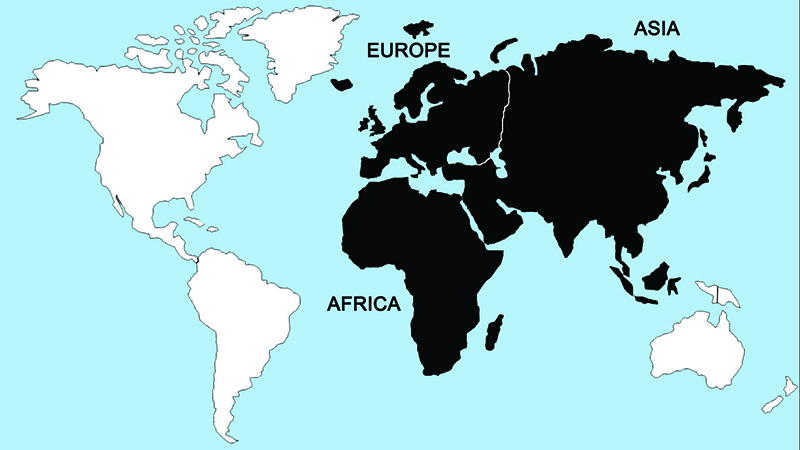Ruddy Shelduck

Ruddy shelducks are usually found in pairs or family groups, and large flocks are probably limited to molting assemblages on certain Russian lakes. Flocks of moderate to large size have at times been seen on the wintering grounds in India, but the basic aggressiveness of this species probably tends to keep flock sizes small. Pair bonds are fairly strong and tend to be permanently held. Migratory movements are well developed in this species, and generally involve southward flights of varying distances. At least until recently there was a regular flight of birds from Morocco northward to the coast of Spain for the winter season, the only known case of an African bird species wintering in Europe. Probably the species’ major wintering grounds are in Azerbaijan, and the primary breeding area is from the Caspian Sea eastward.
In Russia, breeding birds arrive already in pairs, and they often appear in the breeding areas before the lakes are ice-free. Nests are placed in hollow cavities, including the hollows of larches, at heights of up to more than 30 feet, in ground burrows, in rocky cliff crevices, or even in ruined buildings. Like many other hole-nesting birds, females of this species may make a snakelike hissing sound when disturbed on the nest. The clutch averages from 8–12 eggs, which are deposited daily, and incubation begins with the last egg. It requires from 27–29 days, and is carried out entirely by the female. The male warns of danger, and may make threatening flights toward intruders. Both adults closely tend the brood, which feeds in the shallows on aquatic insects, brine shrimps, or even locusts. Recently fledged young have been seen from mid-July to late August. Postnuptial molt in adults begin about the time that the young become independent.
Regions Birds Are Found

Collection Location & Year
Mongolia 2001
Taxonomy
| Order | Anseriformes |
|---|---|
| Family | Anatidae |
| Tribe | Tadornini |
| Species | Tadorna |
| Genus | ferruginea |
Gender
Male
References
- Johnsgard, P. A. 1978. Ducks, Geese and Swans of the World. Lincoln, NE: Univ. of Nebraska Press.
- Elliot, A., J. del Hoyo, J. Sargatal, and C. Imboden, eds. 1992. Handbook of Birds of the World. Vol. 1 (Ostriches to Ducks). Barcelona, Spain: Lynx Editions.
- Kear, J. 2005. Ducks, Geese and Swans. London, UK: Oxford University Press.